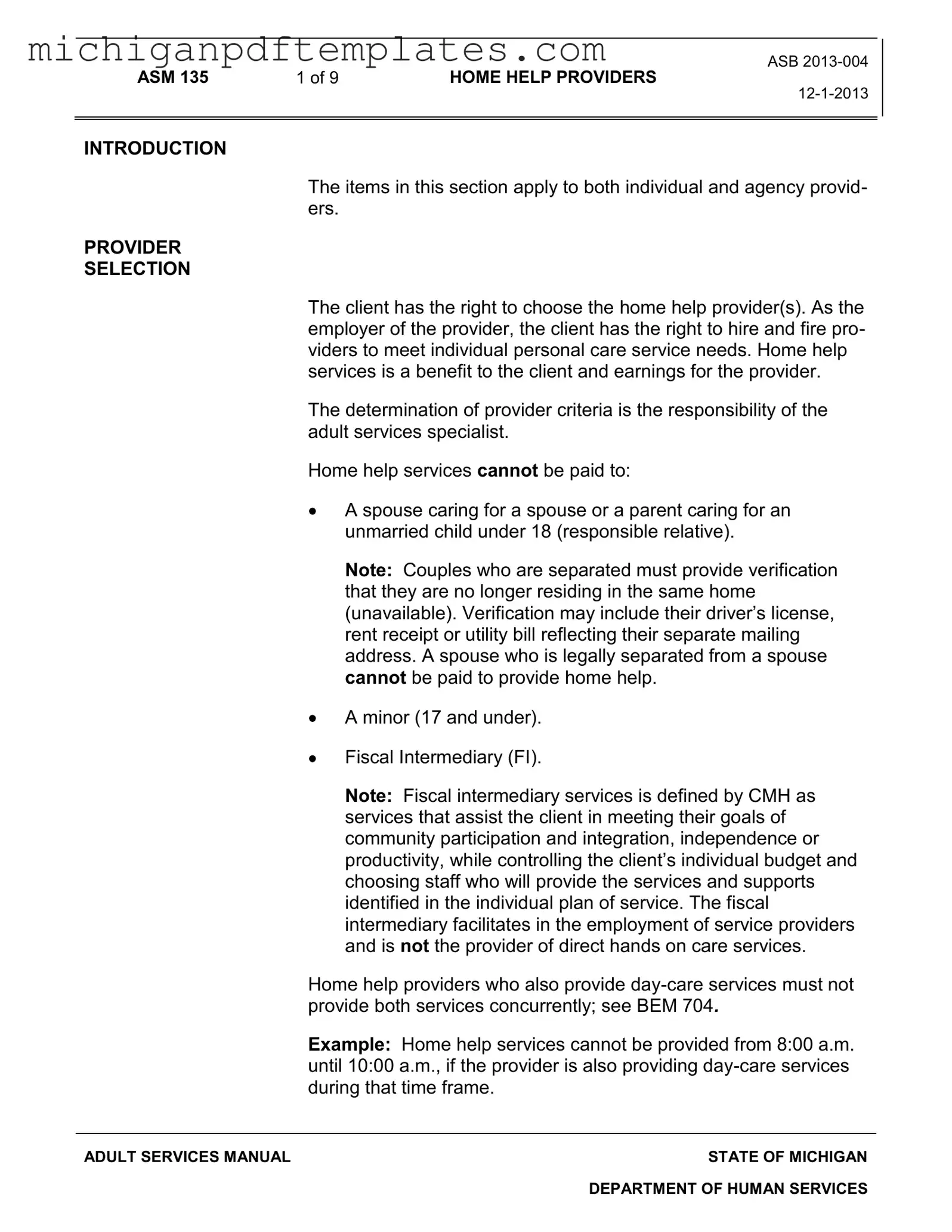Fill in Your Michigan Gov Homehelp Form
The Michigan Gov Homehelp form is a document that facilitates the selection and employment of home help providers for individuals needing personal care services. Clients have the right to choose their providers and can hire or terminate them based on their specific needs. It is crucial to complete this form accurately to ensure that home help services are properly authorized and payments can be processed.
Take action now and fill out the form by clicking the button below.
Get Your Form Now
